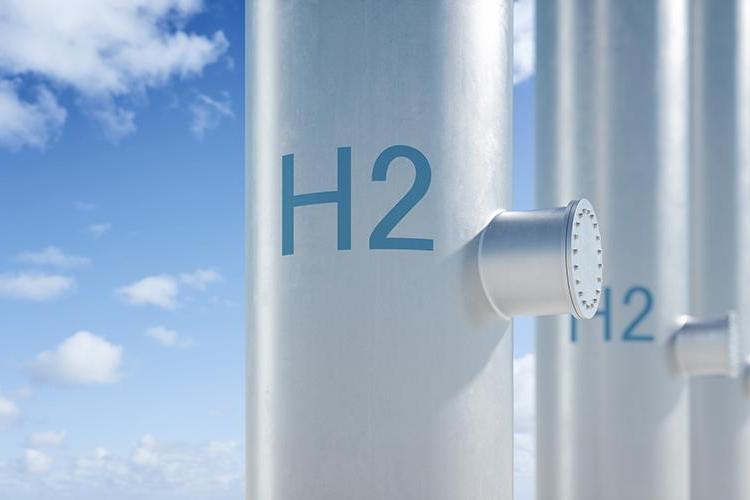- Soma Mater's Newsletter
- Posts
- Soma Mater Weekly Newsletter
Soma Mater Weekly Newsletter
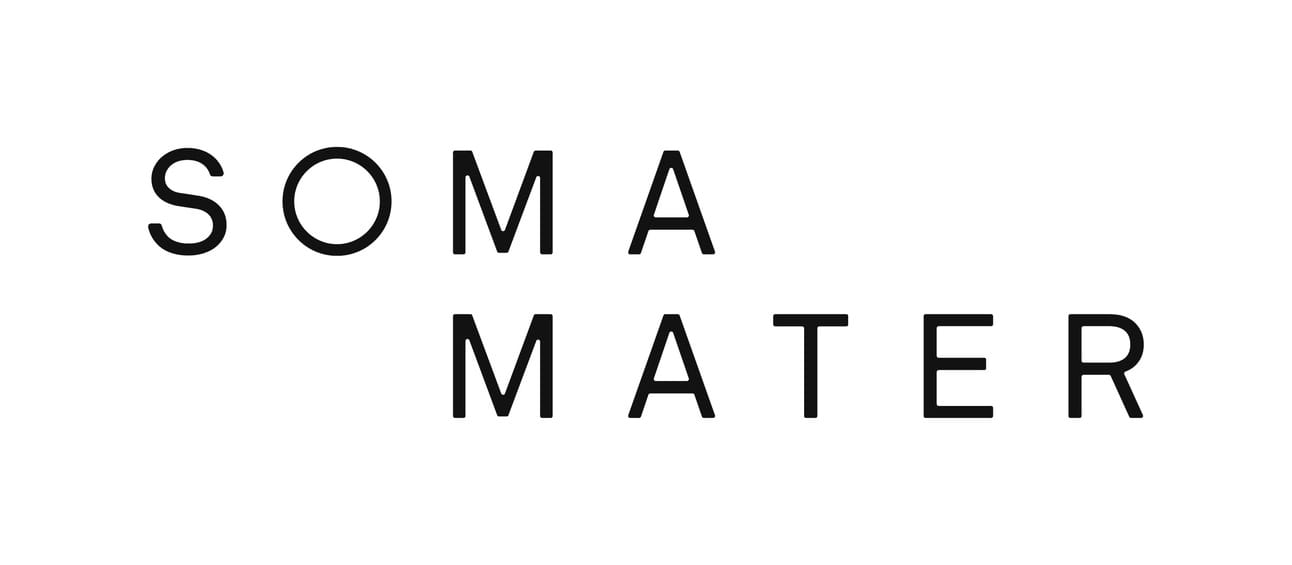
Welcome to the SOMA MATER Weekly Newsletter.
At SOMA MATER, we specialize in delivering comprehensive research and advisory services with a focus on Food & Water Security and Net Zero Transition in the MENA Region. In order to support our subscribing clients in navigating these topics and understanding the regional narrative, we produce monthly Food and Water Security and Net Zero Transition Intelligence Reports, along with our in-depth analysis and insights.
This weekly newsletter highlights the top 3 stories from the past week in Food and Water Security and Net Zero transition, along with SOMA MATER's analysis and perspective.
What are the main challenges facing Egypt's agricultural sector despite its recent growth in exports?
What is the new initiative being launched in the UAE to enhance food security through quinoa cultivation?
What does Oman's journey towards achieving Net Zero Emissions by 2050 look like today?
Sustainably yours,
The SOMA team
#FoodSecurity
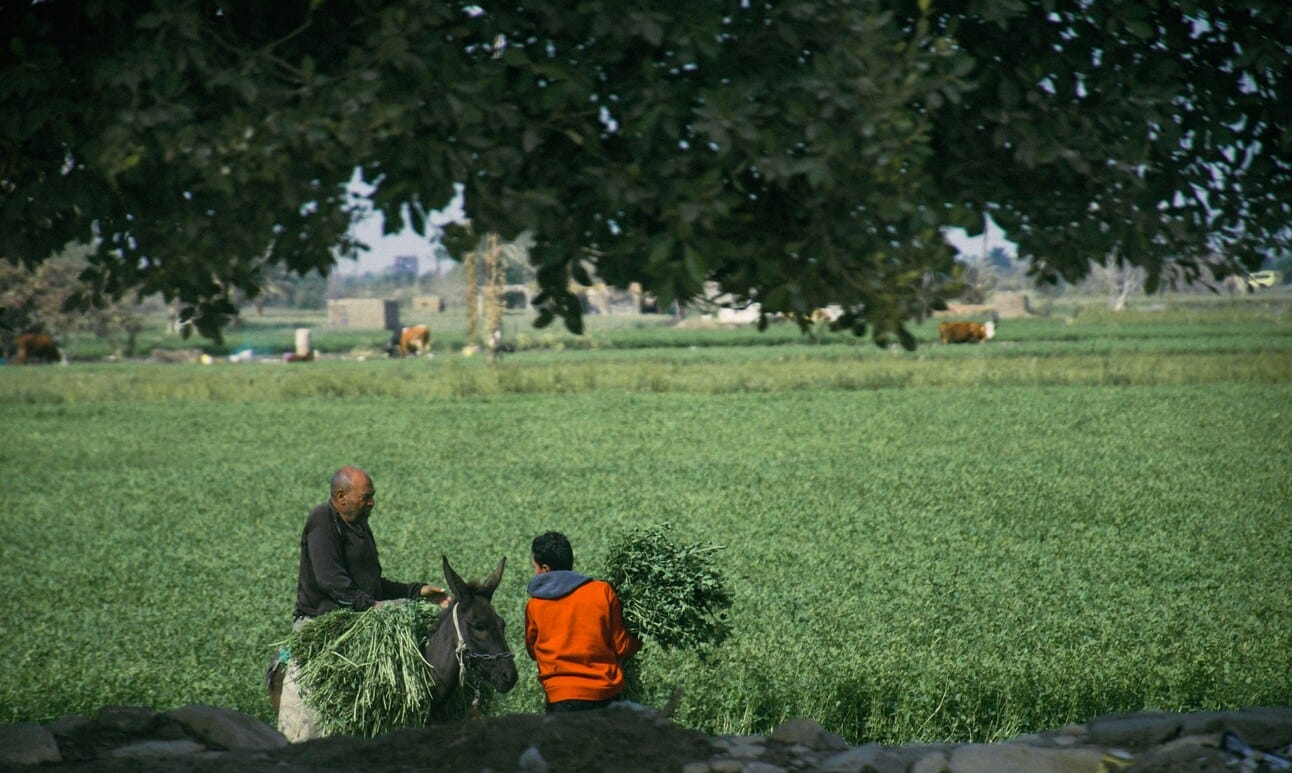
Egypt's agricultural sector is facing both challenges and opportunities for growth. The sector's contribution to GDP has been declining, reaching its lowest point of 10.6% in 2023. However, this doesn't tell the full story, as agricultural output has actually expanded fourfold in recent decades.
One of the most pressing issues is water scarcity. The Nile River, rainfall, non-renewable groundwater and desalinization yields only a total of 59.25 billion cubic metres per year, far less than Egypt's combined total demand of 114 billion cubic meters per year. Agriculture alone consumes 63.6 billion cubic meters per year. According to UNICEF, Egypt faces a water deficit of around seven billion cubic meters per year. This scarcity is exacerbated by climate change, which is predicted to cause a 10% decline in food crop yields by 2050. To address these challenges, the government is pursuing strategies like the reclamation of desert areas and the adoption of high-tech farming practices. However, desert area reclamation requires additional water and the drilling of irrigation wells.
Despite these efforts, the sector still grapples with stagnating crop yields and underperformance compared to global averages. Egypt's agricultural sector is shrinking more slowly compared to similar countries. Its share of GDP is higher than other middle-income nations. In 2020, agriculture made up 11.6% of Egypt's GDP, versus 9.2% for other middle income countries. There are positive signs, such as the increase in agricultural exports to over 6.4 million tons so far in 2024, with citrus fruits leading at over 2.201 million tons.
SOMA’s Perspective:
SOMA acknowledges Egypt's agricultural sector's efforts in attracting investment and reclaiming desert land. However, we believe the main problem will continue to be water. While investment in agriculture is appreciated, the water crises in Egypt still needs to be addressed comprehensively in order to make these projects employable. We believe that the growth of the agricultural sector hinges on this.
Sources:
https://openknowledge.fao.org/server/api/core/bitstreams/eec90055-7494-440e-ad53-1bc3663dc71b/content#:~:text=In the last decade or,incidence of pests and diseases.
https://apps.fas.usda.gov/newgainapi/api/report/downloadreportbyfilename?filename=Egyptian Land Reclamation Efforts_Cairo_Egypt_5-16-2016.pdf
Seeds of Innovation: Quinoa Sprouting Hope for Food Security
#FoodSecurity
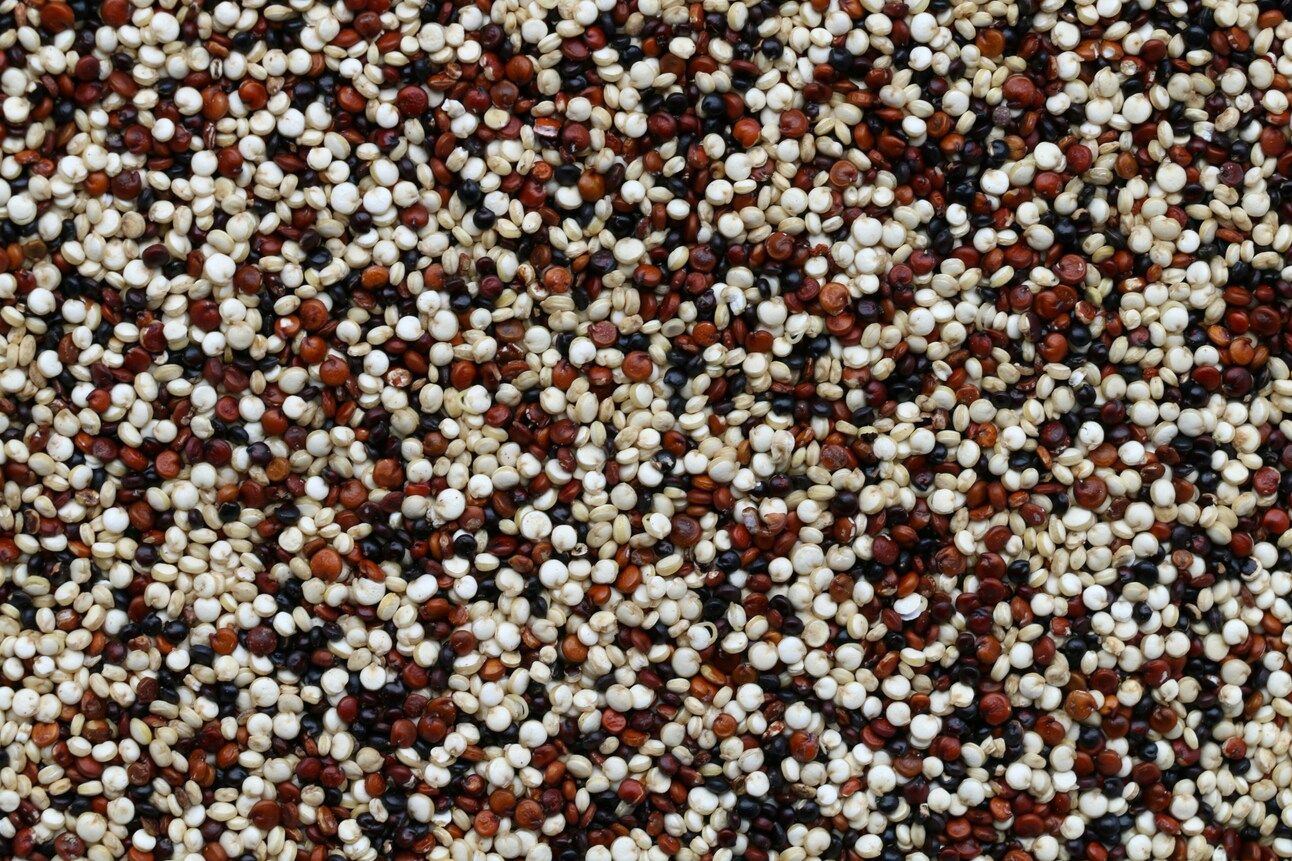
Silal and the International Center for Biosaline Agriculture (ICBA) have joined ADQ to launch the UAE's first commercial quinoa trials. The Quinoa Value Chain Development in the UAE project is backed by ADQ's AED100 million research and development fund. The project aims to develop and test seed cultivation and post-harvest processing techniques for 2 new quinoa varieties in the UAE.
Silal's field and seed production trials in Abu Dhabi have shown promising results. The two new quinoa varieties demonstrate high yield and nutritional quality potential. The next steps include farmer support through training, large-scale trials, and establishing processing facilities in Abu Dhabi.
Since 2006, ICBA has been evaluating quinoa performance in the UAE. They conducted field trials different quinoa genotypes using various irrigation water qualities to identify suitable varieties for marginal environments like the UAE. The shortlisted quinoa genotypes were then planted at different locations in the UAE and some were successfully tested in Egypt, Yemen, and Jordan.
Quinoa has potential in addressing global food needs due to its climate resilience and high nutritional value. It can potentially replace major cereal crops like wheat, rice, barley, and corn, which struggle with increasing salinity and water scarcity. The FAO estimates a need to produce 70% more food by 2050 to meet future demand.
SOMA’s Perspective:
This initiative is part of a larger innovation ecosystem. ADQ's R&D Fund, launched in 2022, is a cornerstone of the ADQ Growth Lab, a community of innovators across ADQ's diverse portfolio. SOMA encourages such R&D investments impacting farming innovation, especially from the Abu Dhabi group of companies. We see these long investments as critical to support the wider regional food security.
Sources:
Oman's Green Dream: From Oil Wells to Windmills
#NetZero
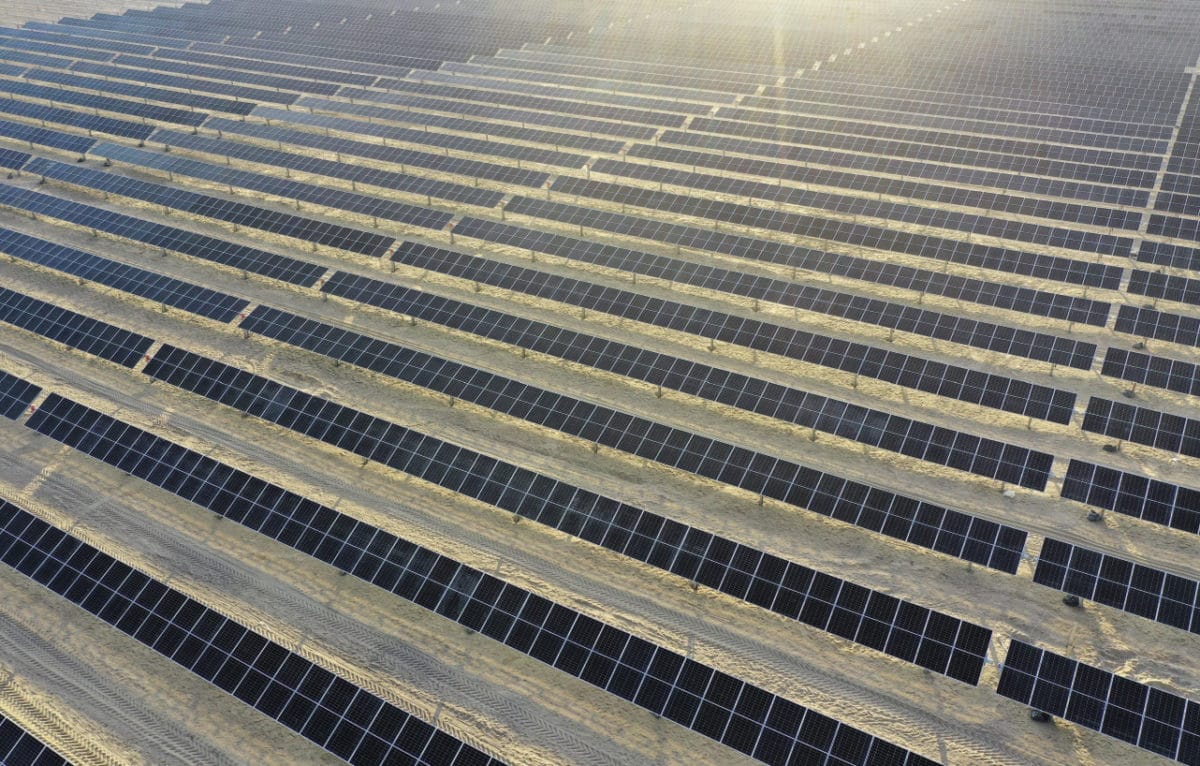
Oman pledged to achieve Net Zero Emissions by 2050. The country has developed a National Net Zero Plan, which includes an ambitious green hydrogen strategy and is in the process of formulating an Energy Transition Policy. In line with Oman Vision 2040, the Ministry of Energy and Minerals (MEM) is spearheading efforts to craft an energy transition strategy, collaborating closely with public and private sectors.
Oman aims to increase renewable energy contribution to 30% by 2030, 70% by 2040, and 100% by 2050. The country's plan focuses on improving energy efficiency, targeting 6 MegaJoules/US Dollar of GDP by 2050. In the transportation sector, Oman aims for all new car sales to be zero-emission vehicles by 2050. Additionally, the nation has set aggressive targets for green hydrogen production, planning to produce 1 million tonnes by 2030, 3.5 million tonnes by 2040, and 8 million tonnes by 2050.
Several initiatives are already underway in Oman's renewable energy sector. HYPORT Duqm, a collaboration between DEME Concessions and OQ Alternative Energy, is leading as the country's first large-scale project in this sector. With a planned total capacity of 4GW, it aims to produce 330,000 tonnes of green ammonia in its initial phase. Other significant projects include the Manah-1 IPP Solar Power Plant (500MW), Dhofar Wind Farm (50MW), and Amin Solar Power Plant (100MW), all contributing to Oman's growing renewable energy sector.
SOMA’s Perspective:
While much of the focus has been on progress in Saudi Arabia, UAE, and Egypt, other countries in the MENA region are actively pursuing sustainable energy goals. As countries approach the deadlines for their climate pledges, we anticipate an acceleration in project investments and implementations in the renewable energy sector across the entire region. SOMA MATER is tracking the rollout of the long term Net Zero strategies for the MENA region and the narratives driving these investments.
Sources:
SOMA MATER is writing Intelligence Reports on the topics of Food and Water Security and Net Zero Transition. If you’d like to know more, contact us through the link below:
